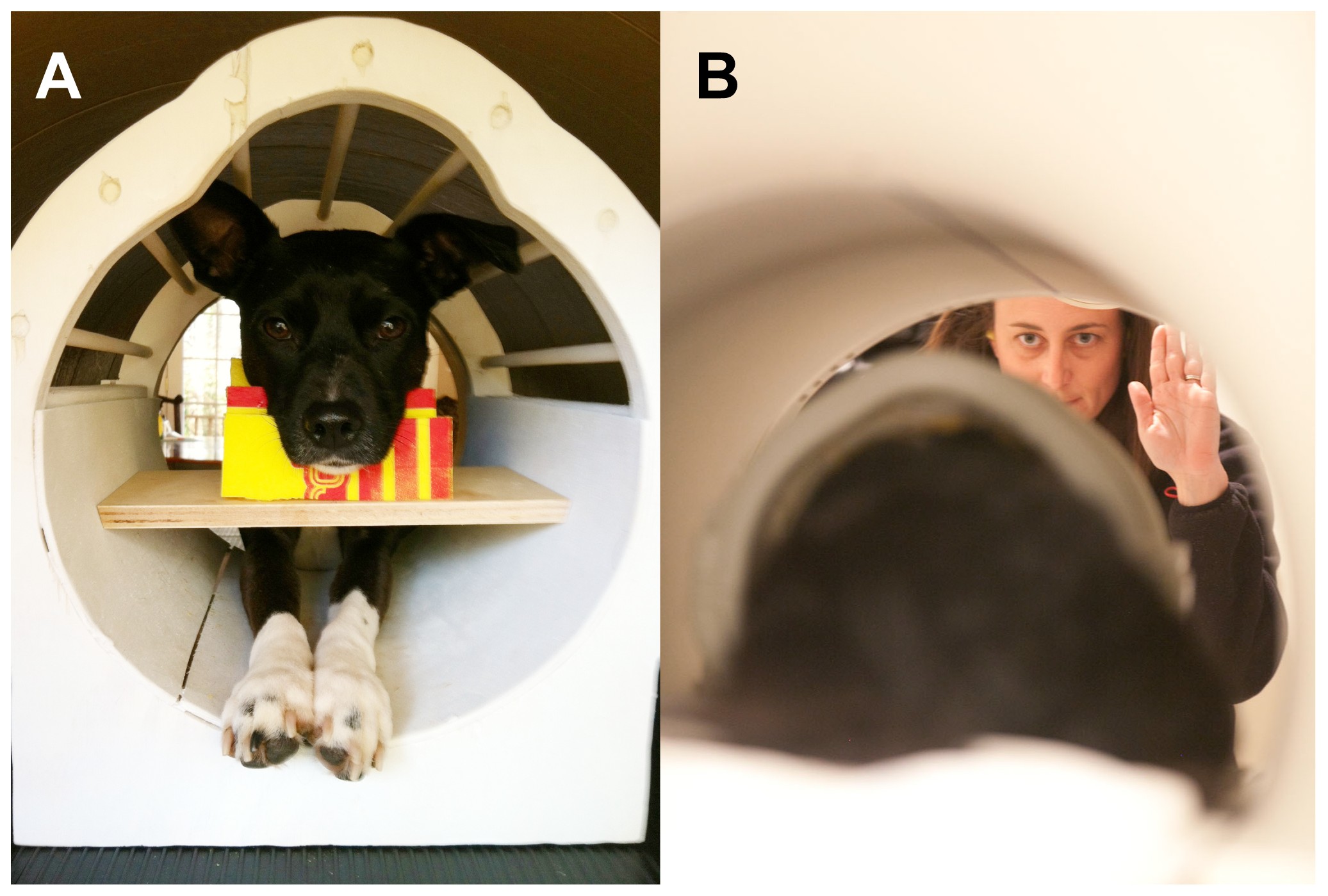The age-old question: how smart are dogs? While dog lovers have long championed their companions’ intelligence, scientific research is now providing compelling evidence to support these claims. Recent studies in canine behavior and intelligence reveal that dogs possess surprisingly complex social intelligence and emotional sensitivity, often compared to that of a 2.5-year-old human child. This article delves into the fascinating world of dog cognition, exploring their remarkable abilities and the scientific discoveries that continue to reshape our understanding of man’s best friend.
Deciphering Human Cues: Dogs vs. Chimps
While chimpanzees and human infants struggle with basic tests of implicit communication, dogs excel. In a simple experiment involving a hidden treat under an upside-down cup, dogs consistently interpret human pointing gestures correctly, far surpassing the success rate of chimps and babies. This ability extends to understanding human gazes and nods, demonstrating a sophisticated level of social awareness. Further studies reveal that dogs even comprehend the significance of a human’s gaze, exhibiting a nuanced understanding of social dynamics that eludes chimpanzees.
A dog attentively observing its human companion – demonstrating its keen ability to read human cues.
A Vocabulary Beyond Barks: Learning Hundreds of Words
Dogs, like humans, exhibit varying degrees of memory capacity. Remarkably, some dogs with exceptional memories can learn over 1,000 words. Chaser, a border collie, exemplifies this astonishing feat, recognizing the names of 1,022 different toys with impressive accuracy. Beyond nouns, Chaser has also mastered verbs, differentiating actions like picking up, pawing, and nosing objects. While Chaser’s abilities are exceptional, other dogs have demonstrated similar linguistic aptitude, showcasing the potential for complex communication between dogs and humans.
Listening Beyond Tone: Processing Human Speech
Contrary to popular belief, dogs don’t just respond to the tone of our voice; they process the actual words. Research reveals that dogs, like humans, exhibit left-hemisphere dominance for language processing. Experiments using speakers on either side of a dog demonstrate that familiar commands are processed predominantly through the right ear (connected to the left hemisphere), while unfamiliar sounds are processed through the left ear. This suggests that dogs actively decode and interpret the words we use, not simply relying on emotional cues. fMRI studies further confirm these findings, highlighting specific brain regions activated when dogs hear human voices.
Emotional Bonds: More Than Just Companionship
MRI studies have provided remarkable insights into the emotional lives of dogs. When dogs encounter their owner’s scent, the caudate nucleus, a brain region associated with reward and emotional attachment, shows significant activity. This response is absent when exposed to a stranger’s scent, demonstrating the profound emotional connection dogs have with their owners. Further research indicates that dogs with lower aggression levels exhibit a heightened caudate response specifically to their owner, suggesting a correlation between emotional attachment and temperament.
The Green-Eyed Monster: Dogs and Jealousy
Once thought exclusive to primates, jealousy has been observed in dogs. Experiments demonstrate that dogs exhibit signs of jealousy when their owners give attention to other dogs or even inanimate objects like robotic dog toys. This behavior, mirroring responses seen in human infants, suggests that dogs experience complex emotions beyond basic needs and desires.
The Limits of Canine Cognition: Understanding vs. Sensitivity
While dogs possess remarkable abilities to read humans and respond to our cues, their intelligence shouldn’t be overstated. Their evolutionary history and selective breeding have honed their sensitivity to human behavior, but they may not always grasp the underlying meaning behind our actions. The “guilty look” often attributed to misbehaving dogs, for instance, is more likely a response to owner reprimands than genuine understanding of wrongdoing.
Conclusion
The intelligence of dogs continues to fascinate and surprise researchers. While comparisons to human age provide a general framework, the unique cognitive abilities of dogs extend beyond simple developmental milestones. Their exceptional skills in reading human cues, language acquisition, emotional processing, and even experiencing complex emotions like jealousy paint a picture of a species deeply attuned to the human world. As research progresses, we can anticipate even more groundbreaking discoveries that will further illuminate the remarkable intelligence of our canine companions.
